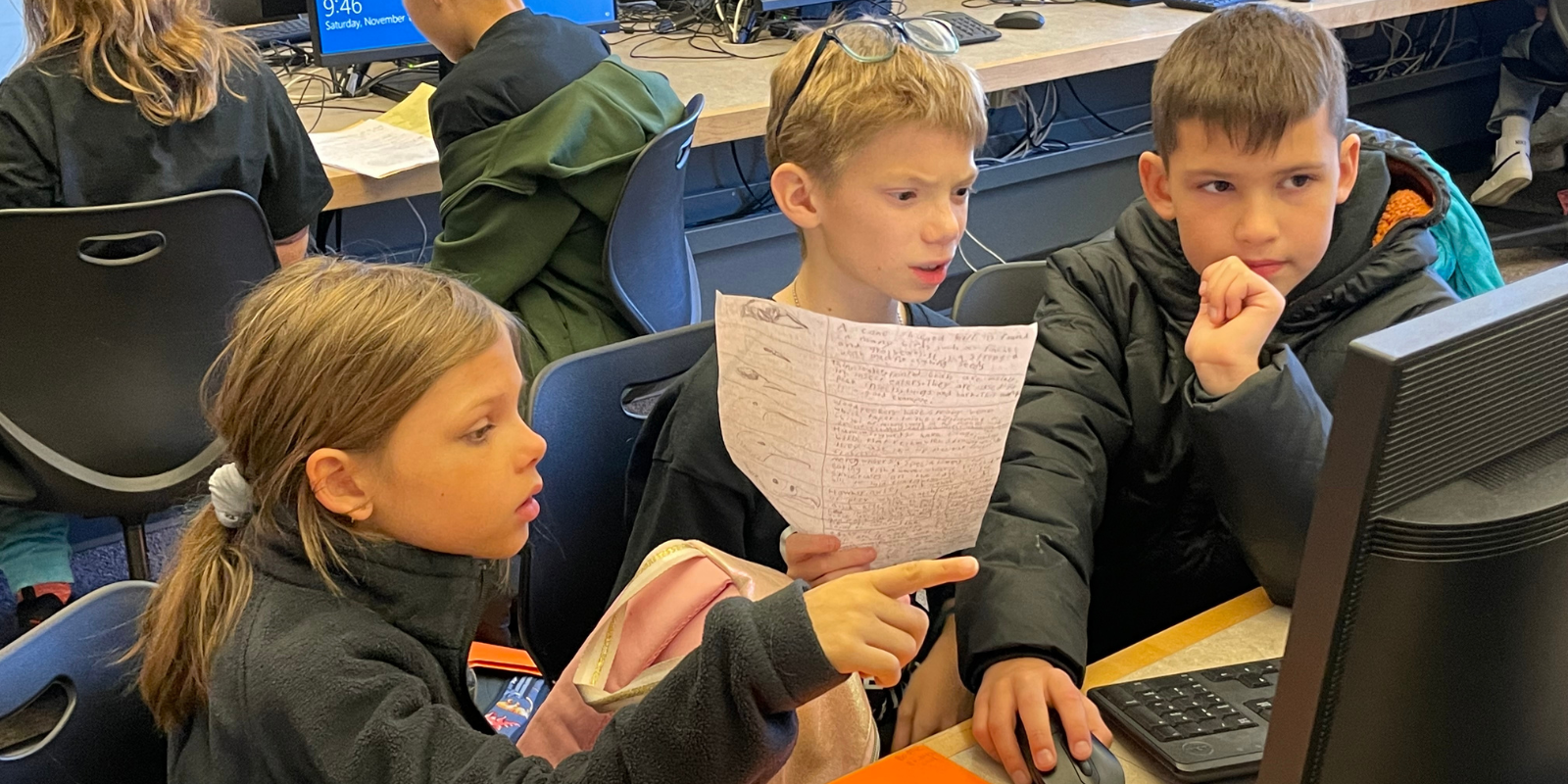WA State Learning Standards

Learning standards describe what students should know and be able to do at the end of each grade level and across different subject areas. In Washington State, the legislature defines basic education, and the Office of the Superintendent of Public Instruction (OSPI) develops the state’s learning standards. These standards span grades K–12 and are intended to prepare students for college, career, and life.
Learning standards guide decision-making at all levels of a school district. In a classroom, teachers use the standards as the foundation for making decisions about how to facilitate learning for each student. They use assessments to monitor students’ progress toward the standards and to differentiate instruction based on needs. They also report progress to students and parents based on learning standards.
At a school level, standards are used to connect one grade level to the next, so that students continue on a pathway of learning and growth. At the district level, the standards guide curriculum decisions and professional development.
Washington State has identified four learning goals, which connect all the subject area standards across all grade levels. The goals are:
Read with comprehension, write effectively, and communicate successfully in a variety of ways and settings and with a variety of audiences;
Know and apply the core concepts and principles of mathematics, social, physical, and life sciences, civics and history, including different cultures and participation in representative government, geography, arts, and health and fitness;
Think analytically, logically, and creatively, and to integrate technology literacy and fluency as well as different experiences and knowledge to form reasoned judgments and solve problems; and
Understand the importance of work and finance and how performance, effort, and decisions directly affect future career and educational opportunities.
Want to learn more?
OSPI’s site for parents and families provides a broad view of the learning standards and assessments at each grade level.



